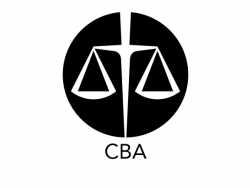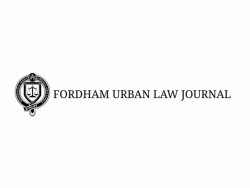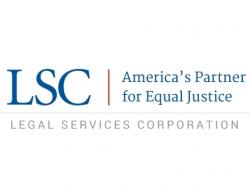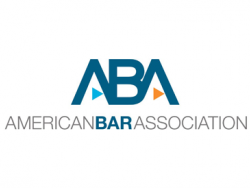
Report: Access to Justice Metrics Informed by the Voices of Marginalized Community Members: Themes, Definitions and Recommendations Arising from Community Consultations (Canadian Bar Association 2013)
The Canadian Bar Association’s Access to Justice Committee’s Building Block #1 Access to Justice Metrics sought to develop a practical definition of access to justice and to identify tangible indicators and goals to measure progress.
Report: Resources to Assist Self-Represented Litigants: A Fifty State Review of the State of the Art (Greacen 2011)
This report was originally commissioned by the Michigan State Bar Foundation to assist Michigan’s Solutions on Self-Help (SOS) Task Force, but modified to serve as a national resource so that it may be of value

Article: The Case for Court-Based Document Assembly Programs: A review of the New York State Court System’s "DIY" Forms (Klempner 2014)
In this article, Rochelle Klempner, Chief Counsel, New York State Courts Access to Justice Program, explores how document assembly systems can serve as a critical tool for access to justic

Report: Report of the Summit on the Use of Technology to Expand Access to Justice (LSC 2013)
In 2012 and 2013, the Legal Services Corporation convened a national Technology Summit that brought together more than 75 representatives of legal aid programs, courts, government, and business as well as technology experts, academics, and private

Report: The Self-Help Center Census: A National Survey (ABA 2014)
Using responses to an online survey, the American Bar Association’s Standing Committee on the Delivery of Legal Services issued “The Self-Help Center Census: A N
Presentation: LSC Board Briefing: Technology, Collaboration and Innovation Opportunities (Bravi, Hough, O'Brien, Paul, Zorza 2011)
Briefing presented to the LSC Board in January 2011.
Presenters:
Report: Equal Justice and the Digital Revolution: Using Technology to Meet the Needs of Low-Income People (CLASP & NLADA 2002)
This report describes the history of legal aid technology innovation and recommends various objectives for the legal services community to continue to improve its use of technology to provide equal justice for all.
Report: An Executive Program Assessment For State Court Projects to Assist Self-Represented Litigants (Maryland 2005)
This January 7, 2005 final report was submitted to the State Justice Institute on behalf of the Trial Court Research and Improvement Conorium by the Maryland Administrative Office of the Courts.
Report: Evaluation of Innovations Designed to Increase Access to Justice for Self-Represented Litigants (Hough 2005)
This paper, prepared for the Summit on the Future of Self-Represented Litigation (March 24-25, 2005; Chicago, IL full Summit materials available here) is an intial analysis of efforts to assess the effectiveness of self-he
Report: Washington’s Courthouse Facilitator Programs for Self-Represented Litigants in Family Law Cases (Washington 2008)
This study used a variety of research methods to collect information on Washington’s courthouse facilitator programs and the impact of their operations.